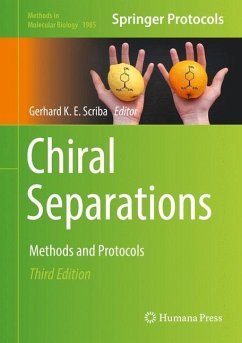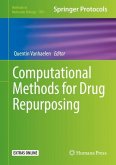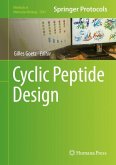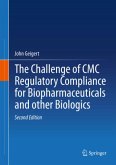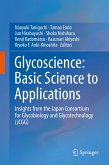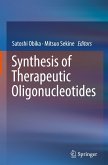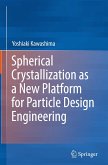This detailed book focuses on analytical separations by chromatographic and electrophoretic techniques, providing some overview along with numerous practically-oriented applications of the most important analytical techniques in chiral separation sciences. While some compounds may only be enantioseparated with one technique based on the physico-chemical properties, often the analyst can choose between two or more analytical techniques for a given analyte, which requires knowledge of the strengths and weaknesses of each technique in order to select the most appropriate method for the given problem. This collection binds that knowledge in one volume. Written for the highly successful Methods in Molecular Biology series, chapters include introductions to their respective topics, lists of the necessary materials and reagents, step-by-step, readily reproducible laboratory protocols, and tips on troubleshooting and avoiding known pitfalls.
Authoritative and practical, Chiral Separations: Methods and Protocols, Third Edition serves as a helpful guide for analytical chemists working on stereochemical problems in the fields of pharmacy, chemistry, biochemistry, food chemistry, molecular biology, forensics, environmental sciences, or cosmetics in academia, government, or industry.
Authoritative and practical, Chiral Separations: Methods and Protocols, Third Edition serves as a helpful guide for analytical chemists working on stereochemical problems in the fields of pharmacy, chemistry, biochemistry, food chemistry, molecular biology, forensics, environmental sciences, or cosmetics in academia, government, or industry.
"The book is aimed at investigators in any discipline working in the field of chirality. It will be of special interest to anyone who has a need to separate chiral molecules. ... Detailed protocols are provided for the systems covered in the book that will make it easier for investigators wishing to replicate one of these procedures." (Thomas J. Wenzel, Analytical and Bioanalytical Chemistry, Vol. 411, 2019)

